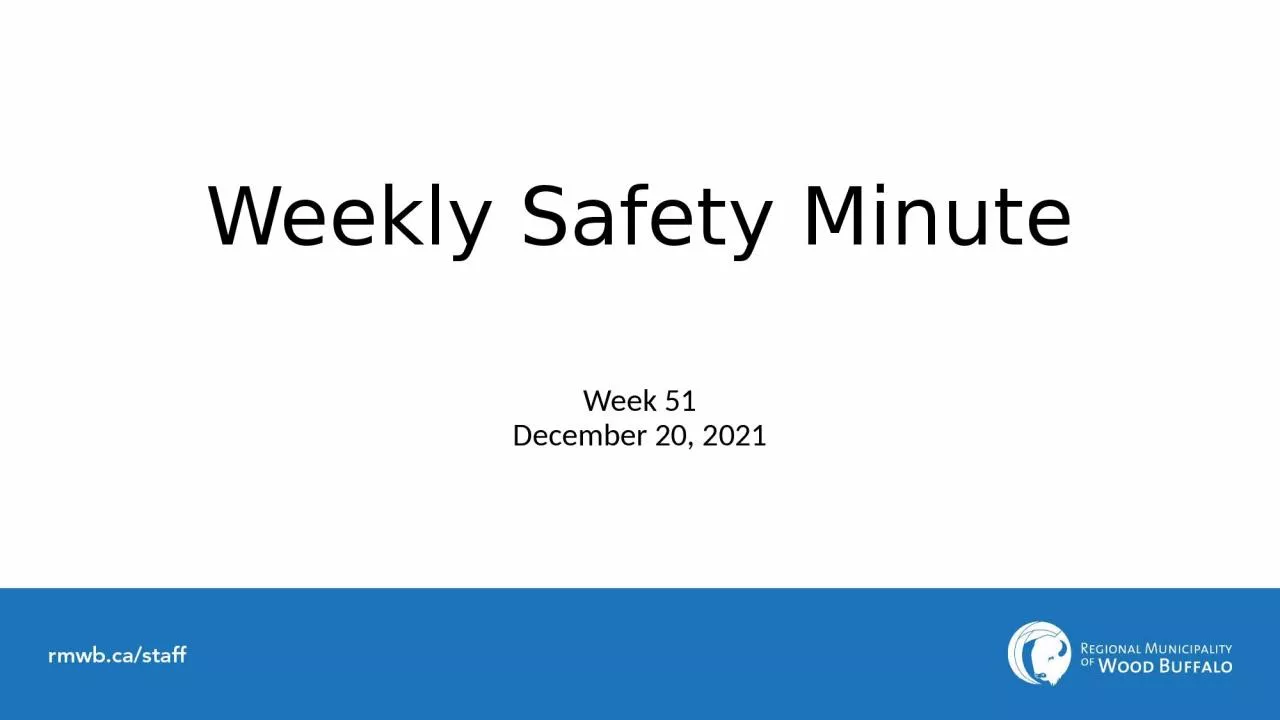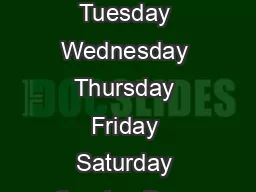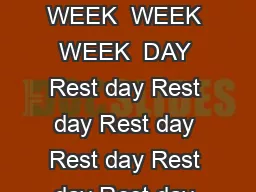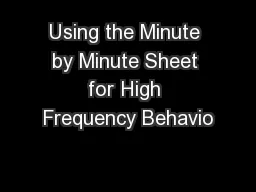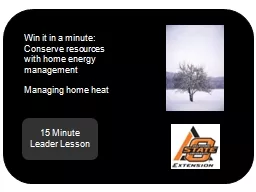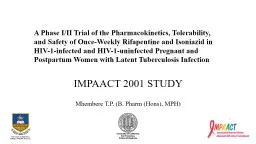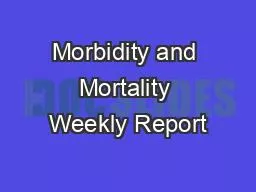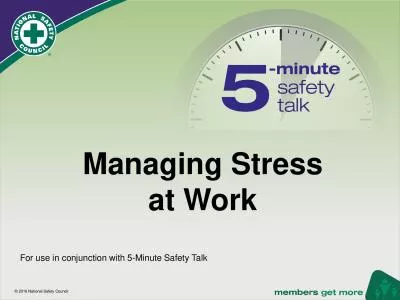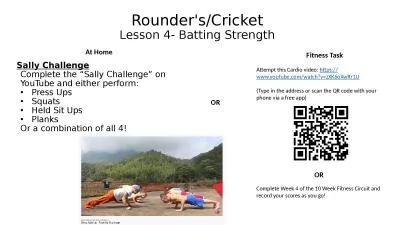PPT-Weekly Safety Minute Week 51
Author : candy | Published Date : 2024-02-09
December 20 2021 COVID19 Updates New Measures Effective December 15 2021 Expansion of rapid testing As of Dec 17 any Albertan can get free rapid antigen test
Presentation Embed Code
Download Presentation
Download Presentation The PPT/PDF document "Weekly Safety Minute Week 51" is the property of its rightful owner. Permission is granted to download and print the materials on this website for personal, non-commercial use only, and to display it on your personal computer provided you do not modify the materials and that you retain all copyright notices contained in the materials. By downloading content from our website, you accept the terms of this agreement.
Weekly Safety Minute Week 51: Transcript
Download Rules Of Document
"Weekly Safety Minute Week 51"The content belongs to its owner. You may download and print it for personal use, without modification, and keep all copyright notices. By downloading, you agree to these terms.
Related Documents

